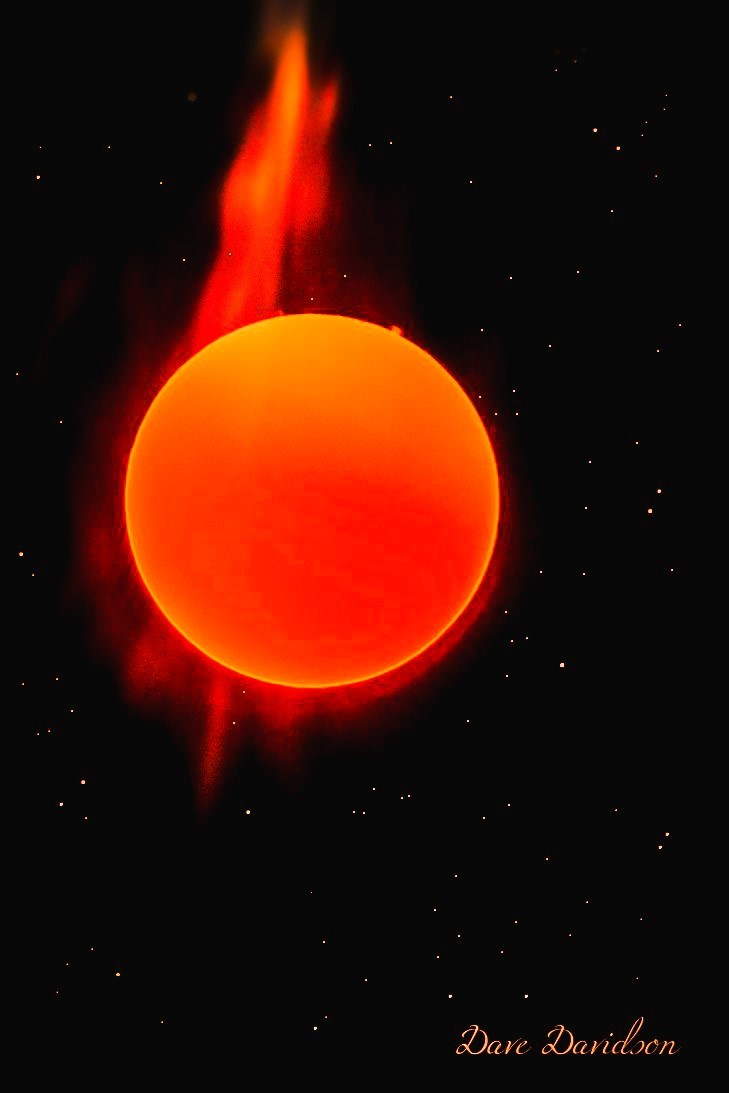CLAVA
Added on 24 June 2024
Clava Stones Archeoastronomy. 1st June 2024
In the last few days of May and looking at the weather forecasts, one day stood out from the clouds.... Saturday the first of June! At last, here was the chance to do the archeoastronomy event that had to be cancelled last year because of thunderstorms. Yes, I know that weather forecasts are usually less reliable than horoscopes but this time our stars aligned and Saturday afternoon was just as predicted; warm, sunny and calm.
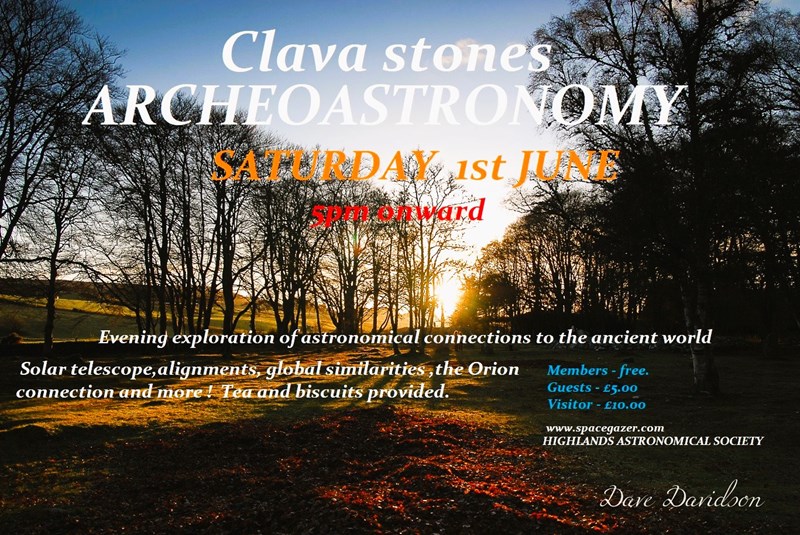
We began by setting up two solar telescopes to view the Sun in the hydrogen alpha wavelength allowing us to see the prominences and surface features and everyone gazed in awe at the towering plumes rising up from the limb and arching high into space. It is approaching solar maximum in the ten year cycle of activity and at this time there is hardly a day that there are not sunspots and intense animation from the glowing plasma of the visible surface.
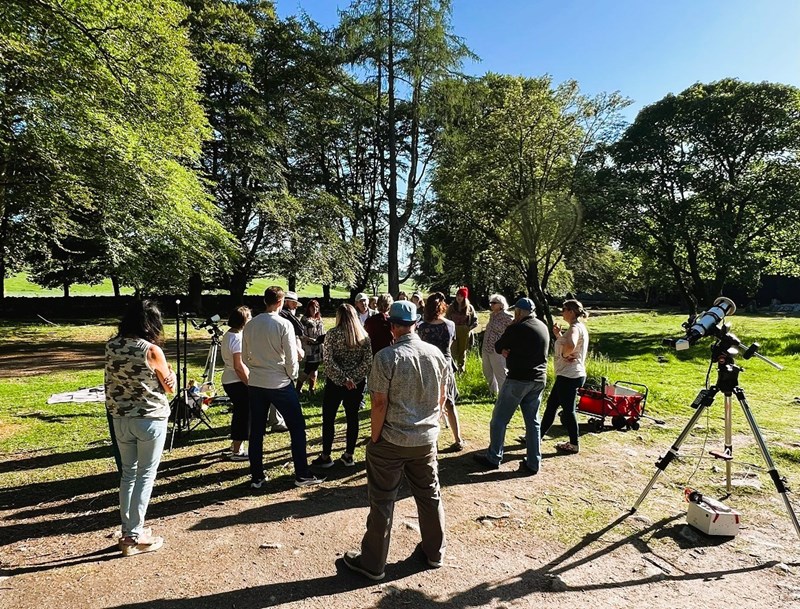
After a brief discussion to outline the objective of the evening we set about investigating the ancient astronomical possibilities that may exist here at this strange and mystical location.
The site is described by current archeology as a burial ground for prominent people who were among a group of neolithic hunter gatherers and the stone structures are known as 'chambered cairns'. Here's what Historic Scotland say. "The Clava Cairns are about 4,000 years old and were built to house the dead. The cemetery remained a sacred place in the landscape for millennia, and provides many clues to the beliefs of Bronze Age society." and continues ..... "The cairns’ burial chambers were cleared out long ago, but we can tell from similar monuments that only one or two people would have been buried in each cairn. It would have taken a large number of people to build the Clava Cairns, indicating that these were perhaps resting places for important individuals.".
Putting that to one side for the moment, we took a close look at the layout of the 'cairns' to begin with and focussing on the astronomical connection, noticed that the positions of the three cairns in the landscape appeared to be a mirror image of the three stars in the constellation of Orion's belt. A coincidence perhaps? Yes, but then we compared this with other structures around the world and couldn't help but notice a similarity in how other 'monuments' were placed.
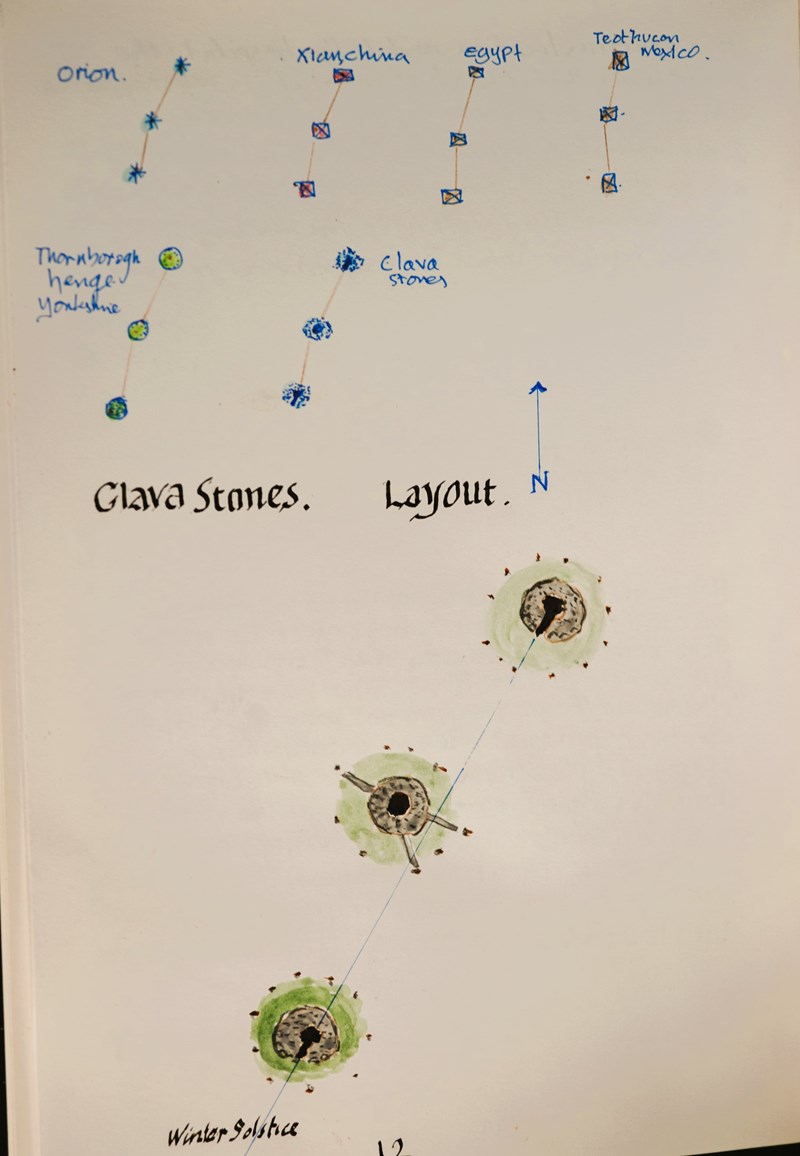
The nearest comparison to Clava is Thornborough Henge in Yorkshire and they continue around the world with pyramids and temples all laid out in the same fashion.
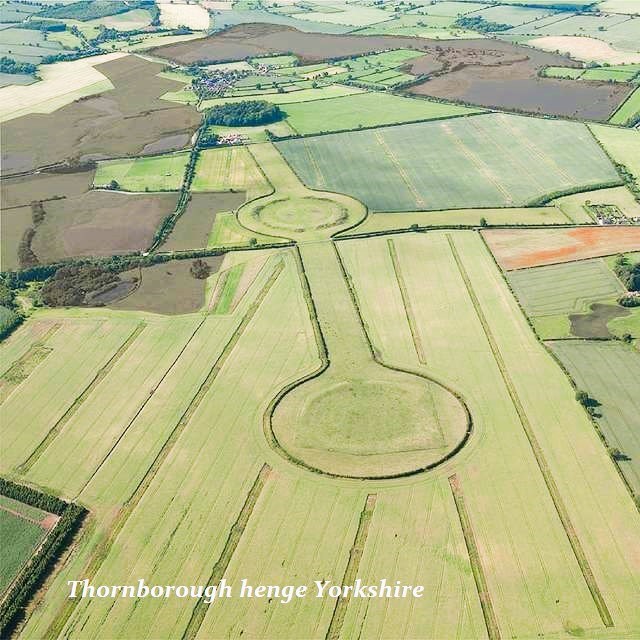
The other sites noted in the diagram are the same but sometimes on a colossal scale.
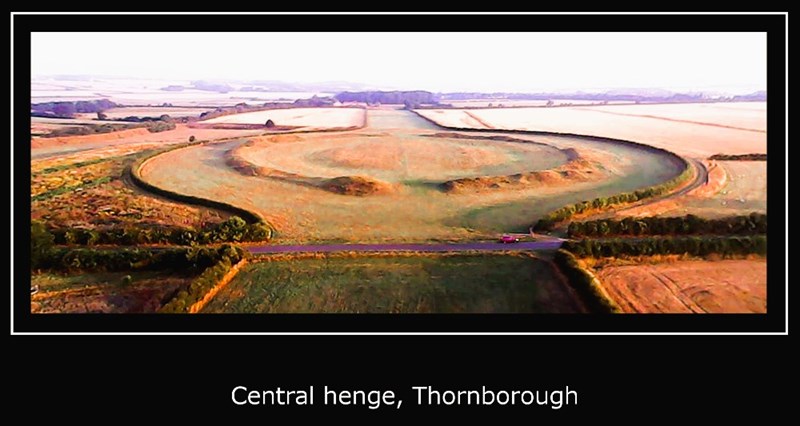
Our first question was "why?" and the second was "how did people communicate the information to build in this fashion?" Are we to believe that they all looked at Orion and contemporaneously thought the same thing? .... "Lets build some pyramids, temples or cairns and mirror Orion's stars so we can bury a prominent member of our people" Seems a bit of a stretch. Yet if this were not the case then some form of global communication would have to be involved, but what? Boats? Airplanes? Telepathy? Who knows, but in any case it would appear that the layout was significant to all concerned.
Unable to answer these questions, we moved on to the materials used to build the cairns. Nearly all the stones used in construction contain a high content of quartz and we considered whether this was again a coincidence or deliberate practice. Quartz can produce an electrical current and voltage when pressure is applied to it and this is known as piezoelectricity. Here's what 'Google' says ......... Piezoelectric Effect is the ability of certain materials to generate an electric charge in response to applied mechanical stress. The word Piezoelectric is derived from the Greek piezein, which means to squeeze or press, and piezo, which is Greek for “push”.
This is commonly used in cigarette lighters as a means of ignition. Is any of this significant? Again we could not answer but did note that the pyramids in Egypt contain huge blocks of granite containing rose quartz which are located centrally and under extreme pressure from the millions of tons of limestone surrounding them and the word 'pyra-mid' when broken down literally means 'fire in the middle'!
Moving on to the astronomical alignments, we looked at the Winter Solstice and any possible alignment to the Moon.
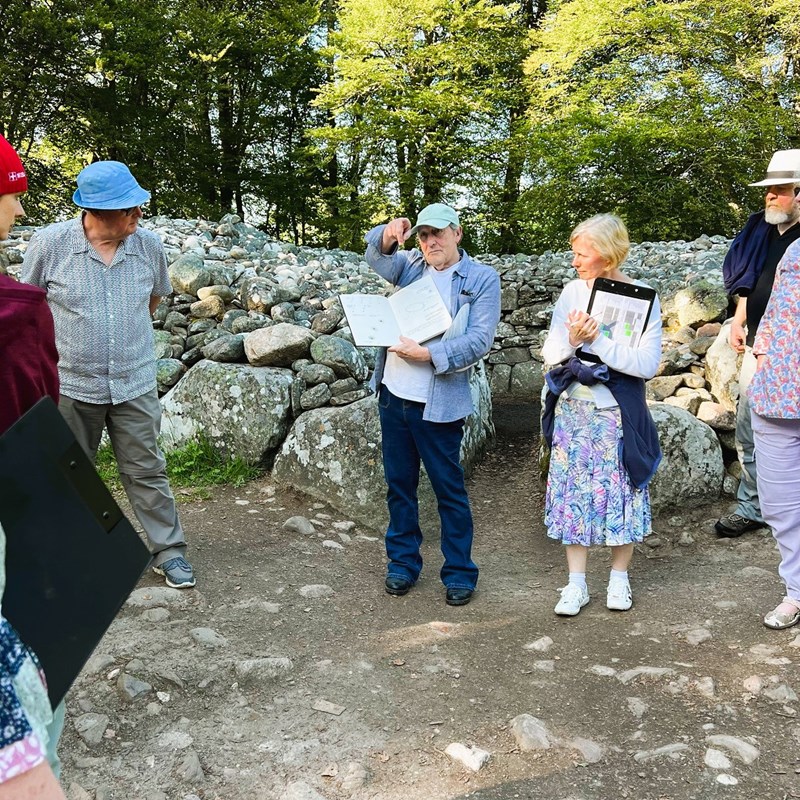
The most obvious alignment is the one with the Winter Solstice and a line drawn from the passage in the easterly ring to the southerly one coincides exactly with the position of the Sun at the Winter Solstice indicated by the red line in the diagram. Less obvious is the midsummer sunrise and sunset alignment as indicated by the yellow line.
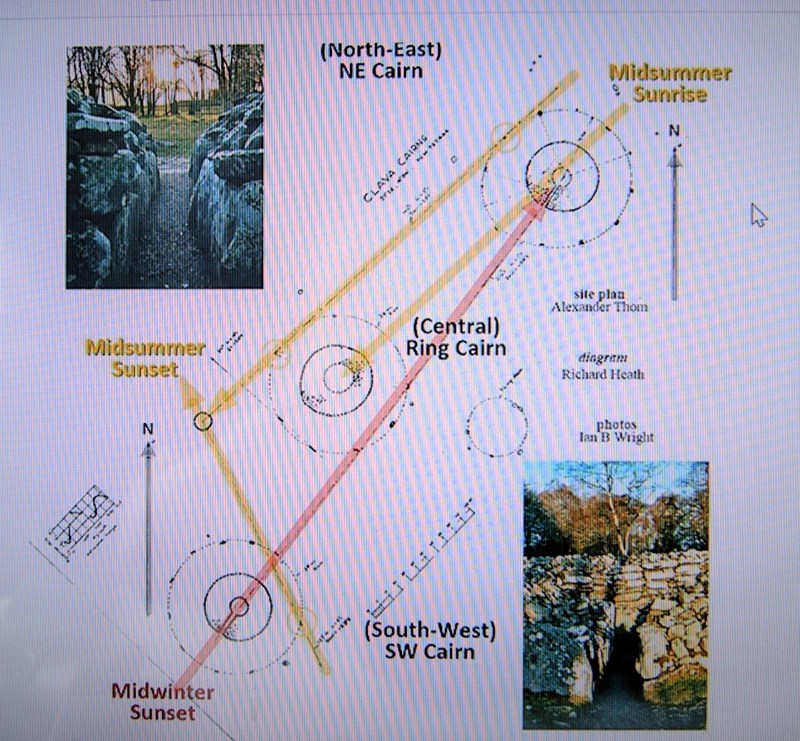
Again, why the need to go to these elaborate lengths just to bury an individual, no matter how prominent? Or is it just another coincidence? But then there was another and much more profound discovery; the central ring in the layout was measured at 60 feet diameter overall and the inner chamber at 36 feet diameter. 60 x 36 = 2160 which is the real diameter of the moon in miles!! How could they have possibly known that?
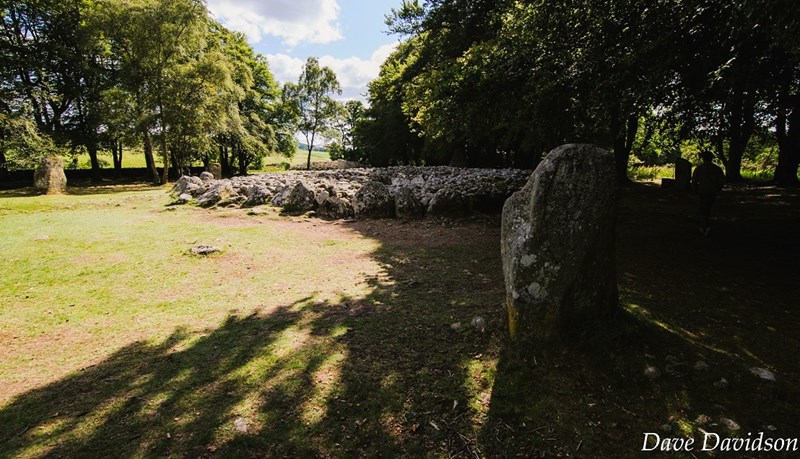
We continued our walk and talk along the length of the site and all the while trying to put ourselves back in the day when the builders were there. What was the motivation to construct such an elaborate structure? Why the alignments? What did they know? The sophistication seemed perplexing considering the mundane nature of what is described even today as a ritual burial site. We concluded the walk with a look at the 'monolith' stone.
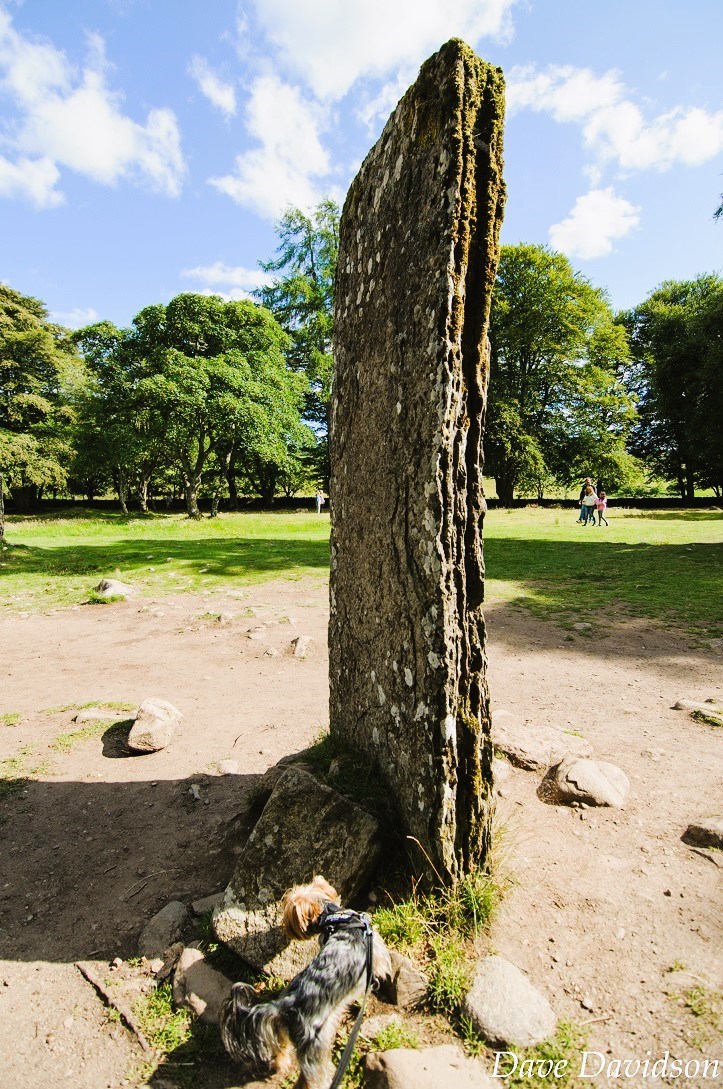
Yes, we all thought that it reminded us of the 'monolith' in the film '2001 a Space Odyssey'! Which is also strangely reminicent of your smart phone!
Ok, so none of this is very scientific, but it was never intended to be; we just wanted a sunny late afternoon to socialise, philosophise and look at something with fresh eyes, something that we should always do when we look at the cosmos, nature and our place in it.
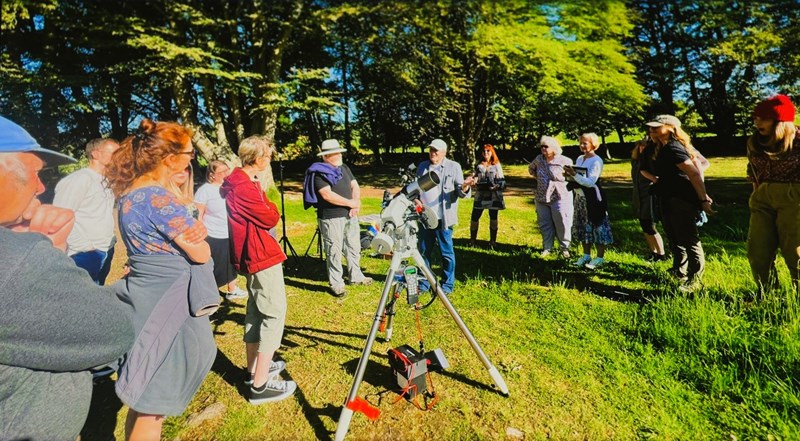
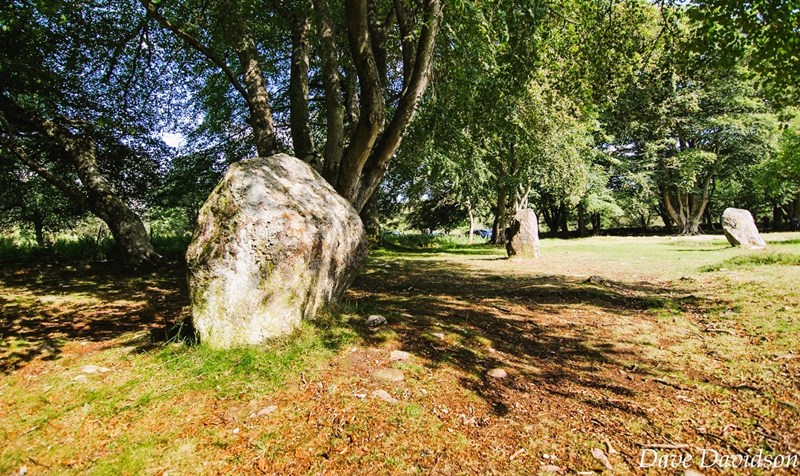
Finally, we sat amongst the flowers and grasses under the trees and had tea and biscuits and talked for long into the evening about what we had seen and other great mysteries that have challenged the wit of scientists and philosophers all the way down the ages. Perhaps we were none the wiser but we all felt sure that we had at least stirred the pot, let's say, to see if a clearer picture would emerge. This was the best attended event so far in our astronomical calendar and the company of friends was simply wonderful. A brief moment in time but one that will last in memory for many years to come I feel sure. Thank you so much to all the people who came along to the event; safe to say that it was the epitome of the Astronomy Club in action.
